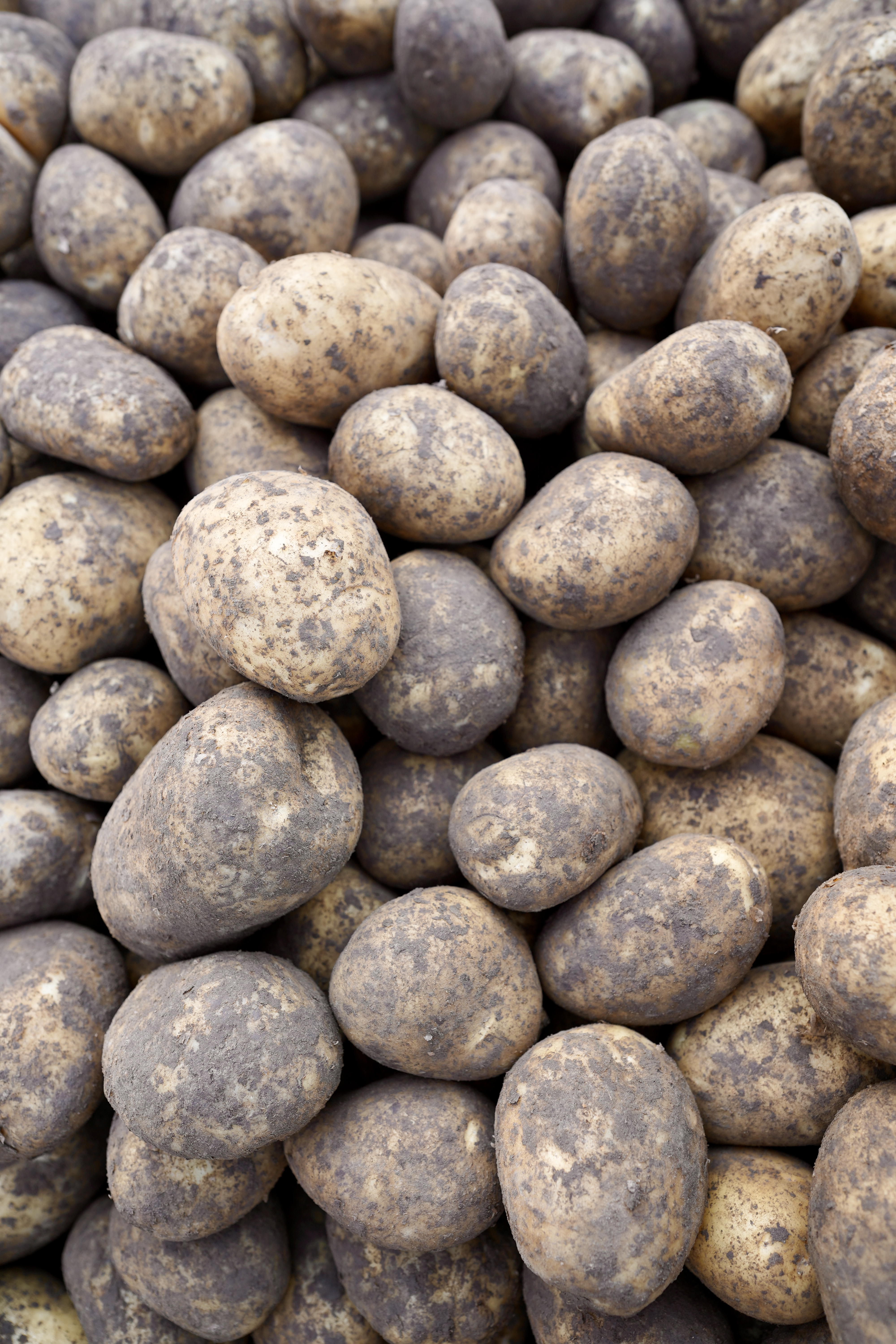A special variety — Arizona!!!
Arizona is a variety with high yield potential that rewards careful agronomy. Success here is built from small, systematic steps: careful selection and preparation of seed tubers, balanced nitrogen nutrition, uniform planting, minimizing stress during tuber set, timely harvest, and a measured approach to storage. When these pieces come together, Arizona delivers the yield and marketability that professional farms appreciate.
Our experience growing the Arizona variety Arizona is a true star in the potato world. For many years the variety has proven itself a reliable “heavyweight”: it maintains high yield potential because it withstands periods of drought, which is especially important for our climate. That is why, even in dry seasons, Arizona produces predictable results — up to 45 t/ha without irrigation and up to 65 t/ha under irrigation.

The first thing we highlight from our experience is storage. Arizona grows very intensively and can form up to 16 tubers that quickly gain weight, but they do not always develop a strong skin or sufficient dry matter. Hence its storability is lower compared with some other varieties. There are two practical approaches to prevent this. The first is to aim for immediate marketing after harvest without long-term storage — a solution especially suitable for farms new to potato production that lack their own storages. The second is to allow natural maturation: when the haulm dies back on its own, without desiccation, the skin “sets” and storability improves noticeably.
The second characteristic is possible uneven emergence. Due to Arizona’s “sprinter” nature, some plants start earlier, close the row faster, and can suppress neighbors. A simple rule applies here: seed material must be as uniform as possible in size fraction and physiological condition. Good storage of seed tubers, absence of premature sprouting, and equalized temperature and humidity before planting produce more even emergence. In the field two things are critical: do not plant too early into cold soil when tubers respond unevenly, and maintain consistent depth and even spacing within the row. Uneven depth is the most common mistake in manual planting and later leads to uneven bush development.
The third trait is tuber oversizing. Arizona does not set new tubers for a long period: the bulk of tuber set occurs at the start, and these “first” tubers can, under favorable conditions, grow very quickly beyond marketable sizes. The root cause is stress during formation: heat, drought, or cold reduce the number of tuber sets, leaving the few formed tubers free to overgrow. When the plant does not experience moisture deficit or sharp temperature swings during tuber initiation, more tubers form, they grow more evenly, and oversizing is less frequent. Practically, this means planning planting dates precisely for your microclimate, stabilizing soil moisture during tuber initiation, and closely monitoring the season.
We will also mention plant density. Yes, we often advise against overly dense planting for several varieties, but with Arizona there are cases where slightly higher density becomes a tool to control tuber size: plants “check” each other and oversized tubers form less often. This does not contradict earlier advice; it only emphasizes the main principle: technology should be tailored to your goal. If the priority is seed-grade tubers or uniform marketable size without “giants,” choose one approach. If your goal is maximum total yield, choose another.
Another important detail is nutrition: reducing nitrogen fertilizers limits peak yield but helps form denser tubers. We particularly do not recommend applying nitrogen after emergence — it encourages excessive vegetative growth rather than tuber quality.
In summary, Arizona is a variety with character. It builds vegetative mass intensively and, with the right approach, can push a field to record yields. But for that potential to turn into high-quality marketable produce, the agronomic process must be followed. Every stage — from seed preparation to harvest — affects the final result, and understanding the nuances allows not only yield increases but also avoidance of common mistakes. In agrotechnology, opposite tools often work for different goals, and the objective determines what to choose for a specific field and season.



